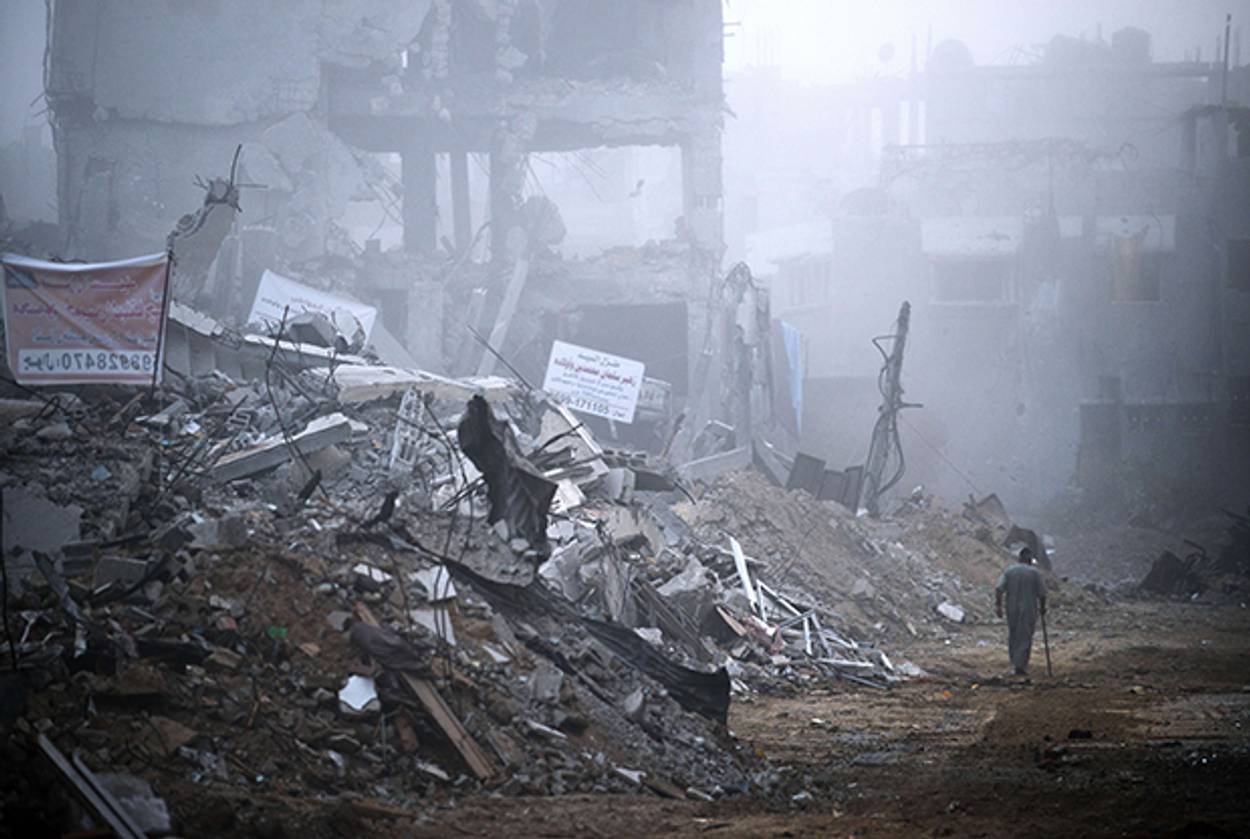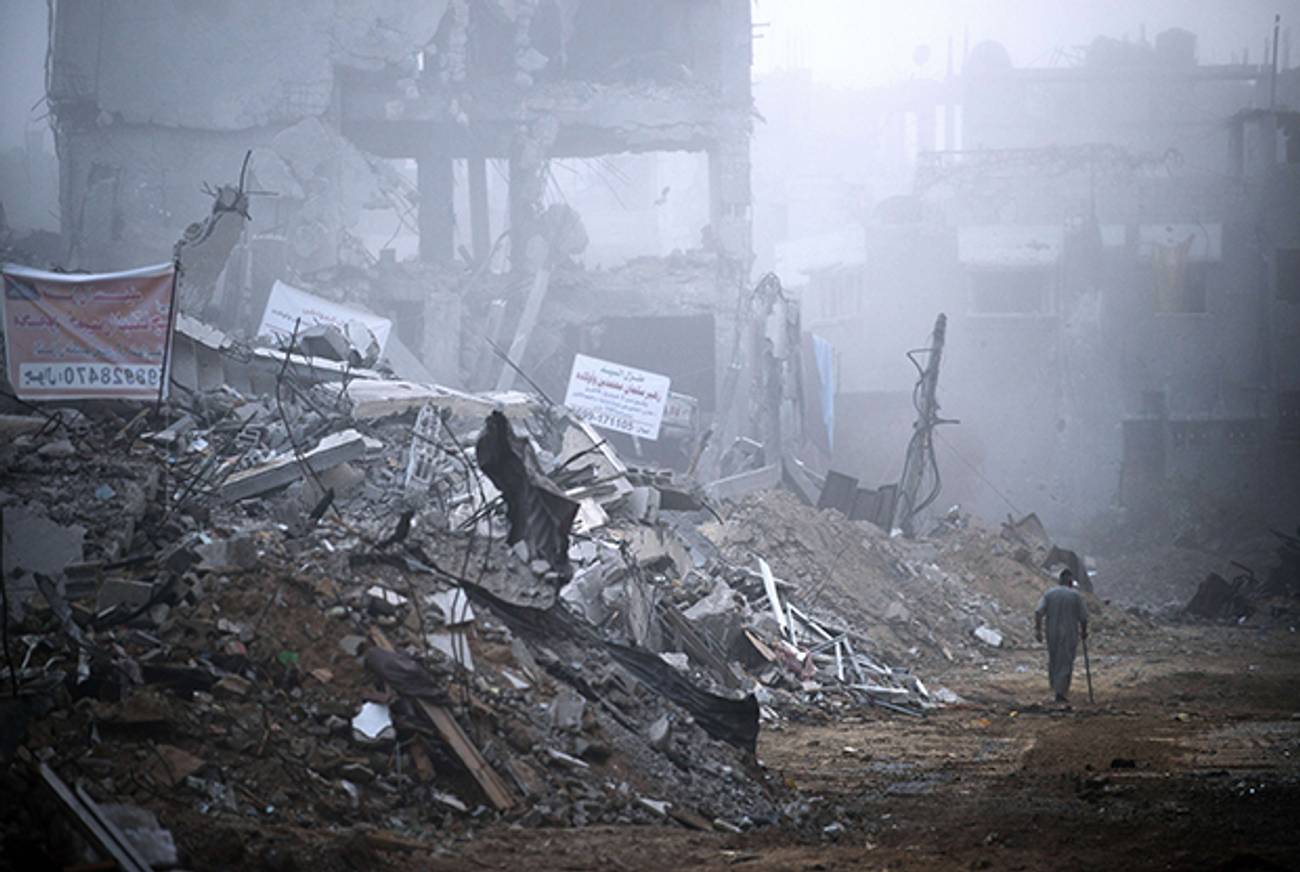Ceasefire Brings an End to Gaza Conflict
After 50 days of fighting, Israel and Hamas agree to Egypt-mediated truce




After 50 days of fighting between Israel and Hamas, an open-ended ceasefire went into effect Tuesday night at 7 p.m., all but ending Operation Protective Edge. Israeli and Palestinian negotiators in Cairo agreed to a ceasefire with the stipulation that they will hold more comprehensive talks in a month.
As in past rounds of this summer’s conflict, scenes of rejoicing and celebratory gunfire in the streets of Gaza instantly filled TV screens in Israel, where a feeling of confusion about what the fighting accomplished remained.
The final talks will deal with a number of issues that remain unsolved for now, including the return of the remains of two soldiers seized by Hamas in Gaza during the war, the freeing of Hamas members and other former prisoners arrested by Israel during its West Bank operation in June during the search for the three kidnapped Israeli teenagers, the opening of a sea port in Gaza, and the lifting of the blockade on Gaza.
The current deal Hamas signed is very similar to the one it agreed to after Operation Pillar of Defense in November 2012, and also one it refused just a week into this latest war, when the death toll in Gaza was far lower. For Israel, the ceasefire brought the end of fighting and the promise of quiet, for now at least, for the Israeli home front, even as the rocket-firing capability of Hamas remains intact, with 182 projectiles fired into Israel in the hours preceding the ceasefire—the highest one-day total during the war.
The final day of the fighting was costly for Israel, as a mortar attack on a Gaza border kibbutz, Nirim, left two dead, just a few days after a four-year-old Israeli boy was killed by a mortar Friday afternoon on Kibbutz Nahal Oz near Gaza.
Residents of Gaza border communities remain in the dark about what level of security they are returning to. These communities were the hit the heaviest during the war, and were repeatedly targeted by mortar shells, which land without warning and are not intercepted by the Iron Dome system.
Haim Yellin, Head of the Eshkol Regional council, one of the areas next to the Gaza border, said Tuesday night that he doesn’t trust the government and certainly doesn’t trust Hamas, and that residents would not be returning to the area until there is a real ceasefire.
Prime Minister Benyamin Netanyahu told a press conference on Wednesday night that Hamas “had been hit hard” and did not attain any of the demands they laid out.
He did admit, however, that Israel cannot be certain that its own goal of long-term quiet was reached.
On Wednesday night, Channel 2 aired results of a poll they carried out that showed that 59 percent of respondents do not believe Israel won the war, while 29 percent say Israel was victorious against Hamas. They reported that 54 percent of respondents oppose the ceasefire, and 37 percent support it, while 59 percent said they were dissatisfied with Netanyahu’s handling of the operation.
IDF figures from Tuesday stated that during the operation, 4,564 rockets and mortars were fired from Gaza at Israel. Seventy Israelis, including 64 soldiers, were killed in the fighting and in Gaza, according to local health officials, more than 2,100 people were killed and thousands more were wounded.
Previous: Letter From an IDF Soldier in Gaza
Related: An Insider’s Guide to the Most Important Story on Earth
Ben Hartman is the crime and national security reporter for the Jerusalem Post. He also hosts Reasonable Doubt, a crime show on TLV1 radio station in Tel Aviv. His Twitter feed is @Benhartman.